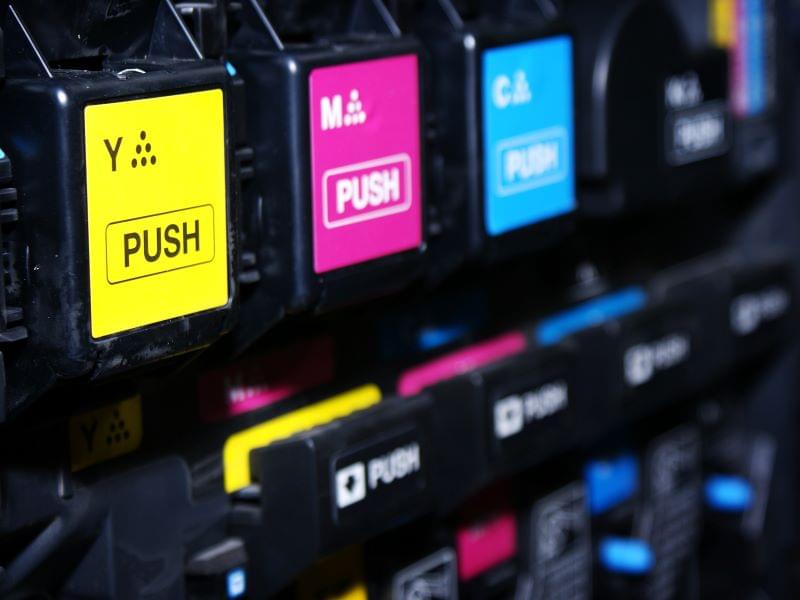Digital labels and packaging technology continues to be a dynamic sector with rapidly developing print systems complemented with workflow and finishing technologies. New announcements and launches abound, from equipment manufacturers, ink and toner suppliers, drier manufacturers, substrate suppliers and workflow providers. More of these are being adopted by packaging manufacturers and label converters, with some brands adopting digital pack printing alongside packer/filler applications.
As detailed in a new report from Smithers,
The Future of Digital Print for Packaging to 2026, digital packaging volumes increased sharply as providers responded rapidly to fluctuating demands created by the global pandemic. Consumer packaging held up well, with growth in home-consumed essentials growing while wholesale, luxury goods, clothing, industrial and some healthcare sectors saw sharp drops with the total printed packaging sector falling by 1.5% in value and 1.9% in print volume in 2020.
In 2021, after almost two years of COVID, the global digital packaging and labels market will total $18.5 billion, 4.4% of all printed packaging. That share will climb to 7.2% in 2026 but the print volume share is lower. In terms of printed area, the equivalent of 171 billion A4 prints is just 1.6% of the total, while the 2.4 million tonnes of products is 1.4% of printed packaging. In 2020 digital packaging volumes increased sharply, while the total printed packaging sector fell, by 1.5% in value and 1.9% in print volume.
When looking at regional variations, digital label and packaging print is led by Europe and North America. Asia is slower in adopting digital print, but even with this lower penetration there are significant markets and many local equipment providers compete with multi-national suppliers particularly in India and China.
Versatility of Inkjet
The scalability and versatility of inkjet makes it better suited for larger format presses for cartons, corrugated and flexibles while electrophotography is not used in metal, glass or rigid plastic packaging. The early adopters of the technology are getting to grips with the workflow and logistics implications of handling many more short runs. However, converters are getting their heads around these real concerns and are working to implement major improvements in upstream order processing, design and prepress; and downstream finishing and logistics. In 2026 some 2.9% of the print area output while the 6.5 million tonnes, driven by growth in inkjet corrugated, is 3.4% of the total.
Legislation affecting labels and packaging
Increasing legislation pressures on content and identification are driving the information provided on many packs and labels. Displaying the information in a local language is required in some countries. In many regions there are strict rules on the information that has to be present on a pack. This is basically that the label and packaging must accurately represent the contents. In food there may be specific requirements to provide nutritional information, clearly identifying allergens together with salt, fat and sugar content.
The Food Information Regulations (FIR) came into force in 2015 across Europe to regulate the information provided in food packaging, making sure any ingredient changes are clearly labelled. In the USA the new nutrition fact tables are mandatory from June 2018 meaning the pack designs have to be updated. These requirements mean that all food labels to meet a range of basic standards, cementing a core set of mandatory information – including presence of potential allergens, ingredients, country of manufacture and nutrition – as well as legislating on the availability, legibility and prominence of certain pieces of data on-pack and online. It also covers font sizes that can be used. Changing the design of the pack across all varieties is a significant driver to use digital to avoid new plate or cylinder costs in many flexo and gravure printing houses.
Sustainability
Sustainability will be the key driver for individuals, governments causing all businesses to take steps to reduce their impacts and reduce CO2 (with other greenhouse gases and VOCs) emissions. Every business and organisation has to place their environmental credentials at the centre of their strategy. Environmental Social Governance (ESG) ratings are becoming key factors for businesses, with formal accredited systems of performance measurement being adopted widely. Consumers, across all age ranges, are becoming increasingly conscious of the environmental impact of their lifestyles and choices. While led by the affluent regions awareness is increasing across the world as more people move into medium and high income groups.
